Threat to diversity threatens community life
The head of the influential Diversity Europe Group has warned that threats to local media are a threat to community life in Ireland.
Seamus Boland, CEO of Iris Rural Link and president of the group, established under the EU’s European Economic and Social Committee, told an NUJ round table in Dublin on Saturday 22 October, that the local newspaper was an important part of rural life and threats to media diversity pose a threat community life.
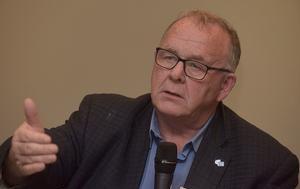
Seamus Boland
© Tommy Clancy
Responding to concerns by Séamus Dooley, assistant general secretary about concentration of media ownership, Seamus Boland said that anything which undermined the unique identity of local titles was a threat to community life.
Drawing on his own experienced as a farmer, community activist and CEO of Irish Rural Link he said the connection between local editors, reporters and the community was a feature of Irish life - people wanted to read relevant local newspapers. In his experience, two papers, the Farmers’ Journal and the local newspapers, were the papers which rural communities looked to for news and information. Any diminution in the character of local media or a sense that they were edited and controlled by a multinational company or outfit with no commitment to a region would be met by resentment on the part of readers and advertisers.
He agreed with the NUJ view that local newspapers were a community asset in much the same way as a shop, bank or post office and suggested that the union broaden its campaign to highlight the of local media on community life.
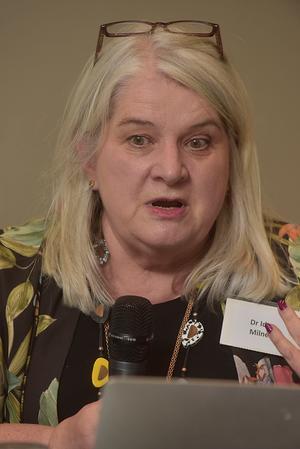
Dr Ida Milne
© Tommy Clancy
Historian Dr Ida Milne drew on her research in writing “Stacking the Coffins”, the definitive history of the Spanish flu in Ireland, to illustrate the public interest role of journalism.
Obituaries, district notes and reports of inquests and public bodies had been vital to her research just as in the past two years the media had recorded all aspects of Covid 19, reporting and challenging public policy as appropriate. Dr Milne, herself a former journalist, expressed concern that the diminution in editorial resources and the tendency to not cover events would leave a major gap for historians.
Dr Milne, a lecturer in history at Carlow College, spoke of the impact of local radio on communities and highlighted the work of journalists such as Sue Nunn, Eimear Ní Bhraonáin and Damien Tiernan in using local radio to focus on the need for a university in the South East region. The ability to shape public policy and to provide a platform for local communities was something which journalists should value.
Siobhan Holliman, Cathaoirleach of the union’s Irish Executive Council stressed that newsrooms throughout the country were being deprived of editorial resources that limited the ability to cover important meetings and markings and as a result, newspapers were not always fulfilling their obligation to communities.
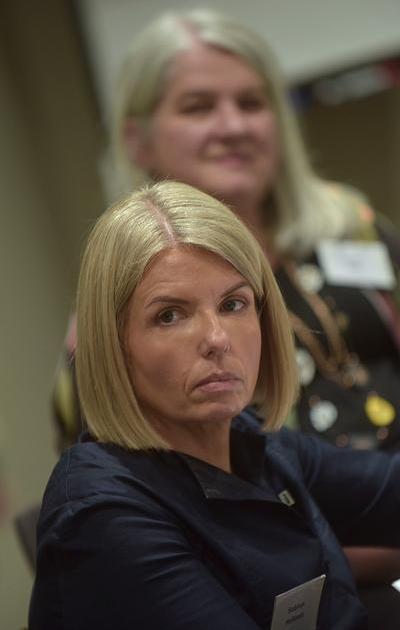
Siobhan Holliman and Dr Ida Milne
© Tommy Clancy
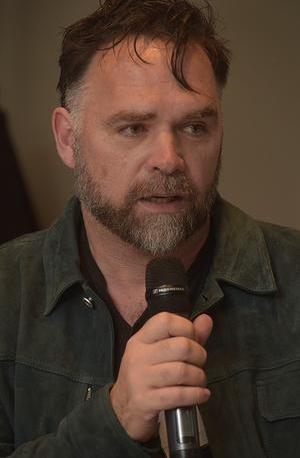
Éanna Ó Caollaí
© Tommy Clancy
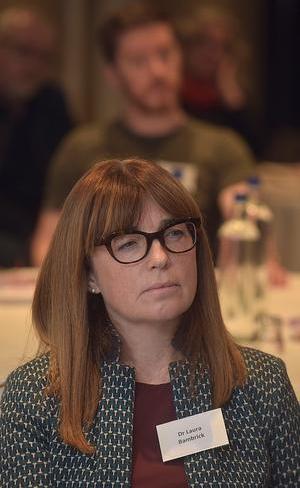
Dr Laura Bambrick
© Tommy Clancy
